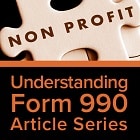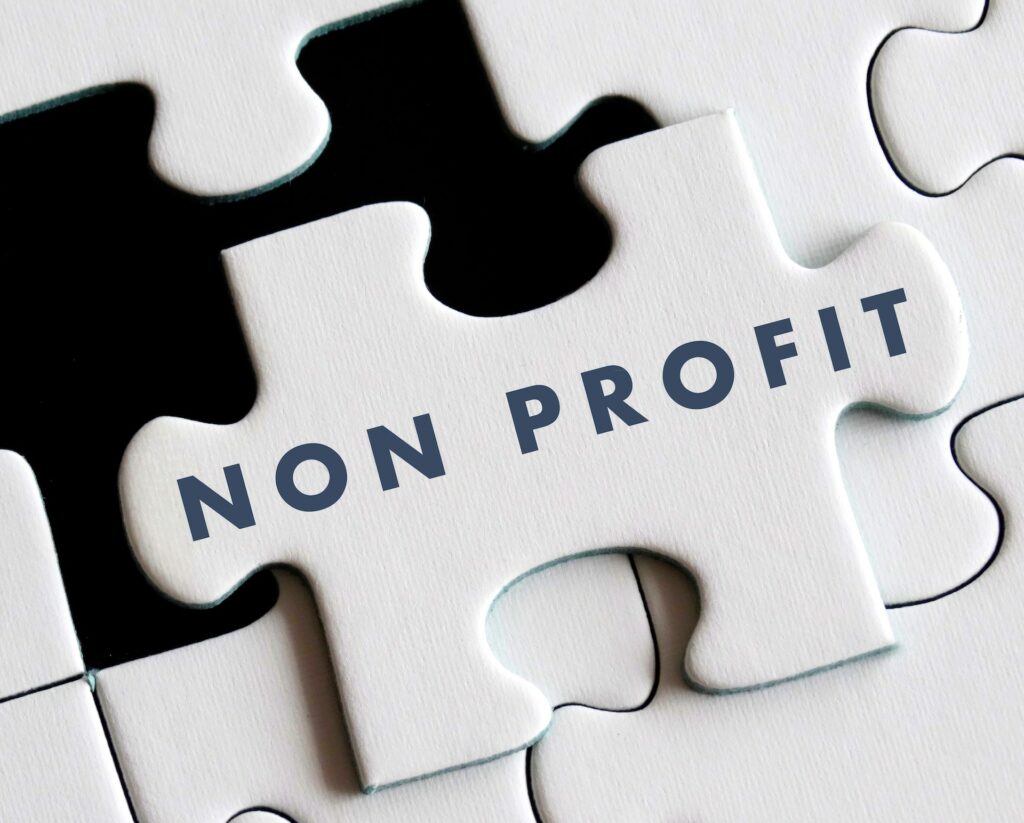 Schedule A of Form 990 is used to state the not-for-profit organization (NPO)’s reason for public charity status and most public charities are also required to compute their public support percentage on Schedule A. Some NPOs are considered to be public charities by definition and do not need to compute their public support percentage on Schedule A, including certain churches, governments, schools, hospitals, and supporting organizations. Other NPOs that file Schedule A are required to compute their public support percentage to demonstrate the NPO is publicly supported to maintain its status as a public charity.
Schedule A of Form 990 is used to state the not-for-profit organization (NPO)’s reason for public charity status and most public charities are also required to compute their public support percentage on Schedule A. Some NPOs are considered to be public charities by definition and do not need to compute their public support percentage on Schedule A, including certain churches, governments, schools, hospitals, and supporting organizations. Other NPOs that file Schedule A are required to compute their public support percentage to demonstrate the NPO is publicly supported to maintain its status as a public charity.
What is a NPO’s Public Support Percentage and Why Should a NPO be Mindful of it?
Generally, the public support percentage is the ratio of support received from the public and governmental units to total support received by the NPO over an IRS-prescribed period. If the NPO’s public support percentage falls below 33 1/3% for two consecutive years, the NPO may lose its public charity status and be considered a private foundation unless it meets certain exceptions. For new NPOs, it is important to remember that the 33 1/3% test does not apply to an organization less than five years old.
Most 501(c)(3) organizations that are required to file Form 990 must compute their public support percentage and disclose it on Schedule A. There are two different methods of computing the NPO’s public support percentage based on whether the NPO is classified under public support exemptions found in IRC section 509(a)(1) or 509(a)(2). A NPO’s public support exemption is usually provided in the determination letter the NPO receives from the IRS. Generally, 509(a)(2) NPOs receive a large portion of their support from fees for program services while 509(a)(1) organizations do not.
What constitutes public support can be somewhat complex. For example, contributions from one donor that exceed 2% of the NPOs revenues, including unconditional promises to give, are excluded from public support. Large contributions, including promises to give, can have a negative impact on a NPO’s public support percentage. If your NPO is expecting large gifts or promises to give, it is a good idea to work with an accountant or attorney knowledgeable with how the public support percentage is computed. If an NPO is proactive, they can work to structure gifts and promises to give in a manner that might allow the NPO to better manage its public support percentage.
Public Support for Certain NPOs Descried in 509(a)(1)
Public support for 509(a)(1) NPOs includes most gifts, grants, contributions, and membership fees. However, the public support for each contributor is limited to 2% of total support during the prescribed calculation period, unless the contributor is a government or a public charity. Gross receipts from exercising or performing the NPO’s tax exempt purpose, generally known as fees for service, cannot be included in public support, regardless of the source for 509(a)(1) organizations.
Some NPOs might overlook the impact of what a fundraising campaign that targets a relatively small number of individuals to give substantial amounts can have on its public support percentage. If the NPO uses the accrual method of accounting to prepare its Form 990, unconditional promises to give, which includes some, but not all pledges, are recognized as support when the promise is made by the donor. If there are not substantial contributions from other, more diverse sources, these contributions can have a negative effect on the NPO’s pubic support percentage. There are also some other nuances to calculating the public support percentage, including how to treat certain noncash contributions, losses on uncollectible promises to give, unusual grants and contributions, etc.
If a NPO described in 509(a)(1)’s public support percentage drops below 33 1/3% for two consecutive years, the NPO can still maintain its public charity status if it can meet the “10% facts and circumstances test”. The requirements needed to meet this test are:
- The NPO must normally have a public support percentage of at least 10%; and
- The NPO must be organized and operated to attract public support on a continuous basis; and
- The NPO satisfies a sufficient combination of factors spelled out in Treasury Regulations §1.170A-9(e)(3). It should be noted that the lower the public support percentage is, the more factors the NPO will need to meet to maintain its public charity status. Among others, these factors include:
- Whether the governing board of the NPO represents the broad interests of the public.
- Whether the NPO’s facilities and programs are available to the general public.
How the NPO believes it meets the facts and circumstances test must be described in detail on the NPO’s Schedule A. Generally, NPOs that are publicly supported prefer to meet the 33 1/3% test, as it is a “bright line” test that is not subject to the judgement and qualitative nature of the 10% facts and circumstances test.
Public Support Revenue Test for Certain NPOs Described in 509(a)(2)
The method for calculating public support for 509(a)(2) NPOs allows for gross receipts from exercising or performing the NPO’s tax exempt purpose to be included in public support, while the method for 509(a)(1) organizations does not. However, excluded from public support are all amounts received from “disqualified persons” and gross receipts from exercising or performing the NPO’s tax exempt purpose from sources that exceed the greater of $5,000 or 1% of total support.
Examples of disqualified persons include, but are not limited to:
- Substantial contributors who gave an aggregate amount (total during their life) of more than $5,000 if that amount is more than 2% of total contributions the NPO received from its inception to the end of the tax year.
- Officers, directors, or trustees of the NPO.
- Owners of 20% or more of the voting power, profits interest of a partnership, beneficial interest in a trust, or an unincorporated enterprise of a substantial contributor.
- Family members of the above disqualified persons.
Also, a 509(a)(2) NPO’s ratio of investment income plus unrelated business income net of unrelated business income tax to total support cannot exceed 33 1/3%.
Is Losing Public Charity Status and Becoming a Private Foundation Bad?
Losing public charity status is not necessarily bad. However, most public charities want to maintain their public charity status because private foundations are subject to a number of operating restrictions, excise tax for failure to comply with those restrictions, a tax on investment income, and a reduction in the deductibility of contributions to the NPO’s donors. In other words, there is an increased administrative burden and restrictions for private foundations, and the NPO may be less desirable to certain donors.
NPOs transitioning from public charity status to private foundation status by virtue of failing the public support test do not lose their tax exempt 501(c)(3) status. In fact, 501(c)(3) organizations are considered private foundations by default, unless the NPO can demonstrate that it meets the requirements for classification as a public charity. The public support test is one way to demonstrate this.
If a NPO Loses its Public Charity Status, Can it Regain that Status?
If a publicly supported NPO fails the public support test for two consecutive years, it becomes a private foundation as of the start of its second year. It is possible to regain public charity status for some NPOs that lose their public charity status and become private foundations. The provisions of IRC 507(b)(1)(B) allow a private foundation to terminate its private foundation status and return to public charity status after a 60-month period with advance notice to the IRS and under certain conditions. If the NPO passes one of the public support tests at the end of the 60 month period, it once again becomes a publicly supported organization.
For some NPOs Schedule A is one of the most important filings attached to the base Form 990. A NPO should understand how the public support percentage is computed, and understand what factors can potentially jeopardize a NPO’s public charity status.
If you have any questions about the public support test, contact us!





